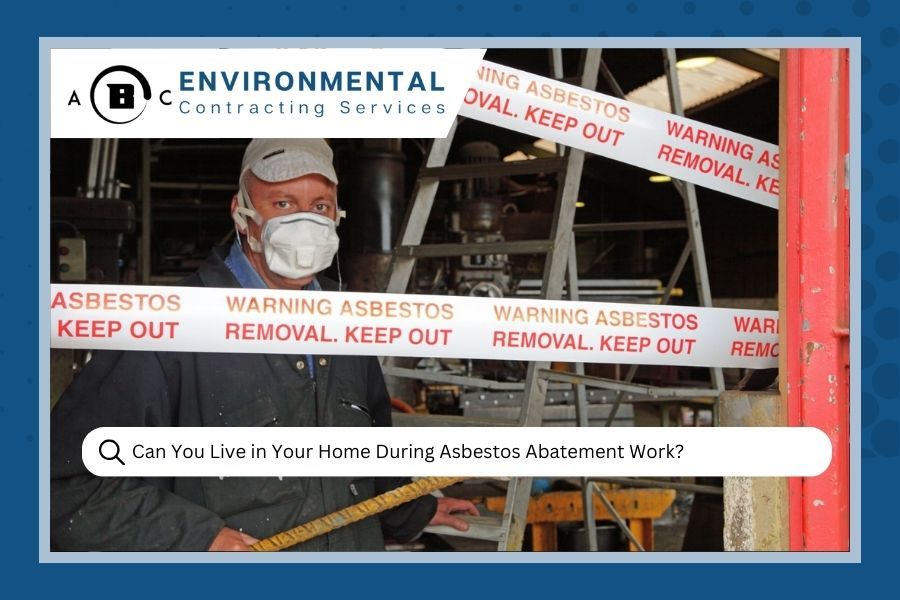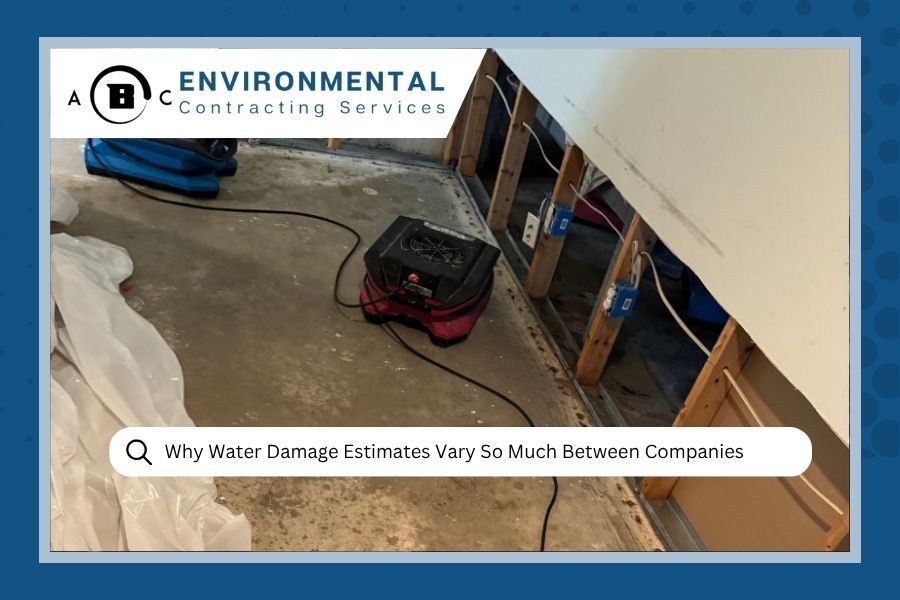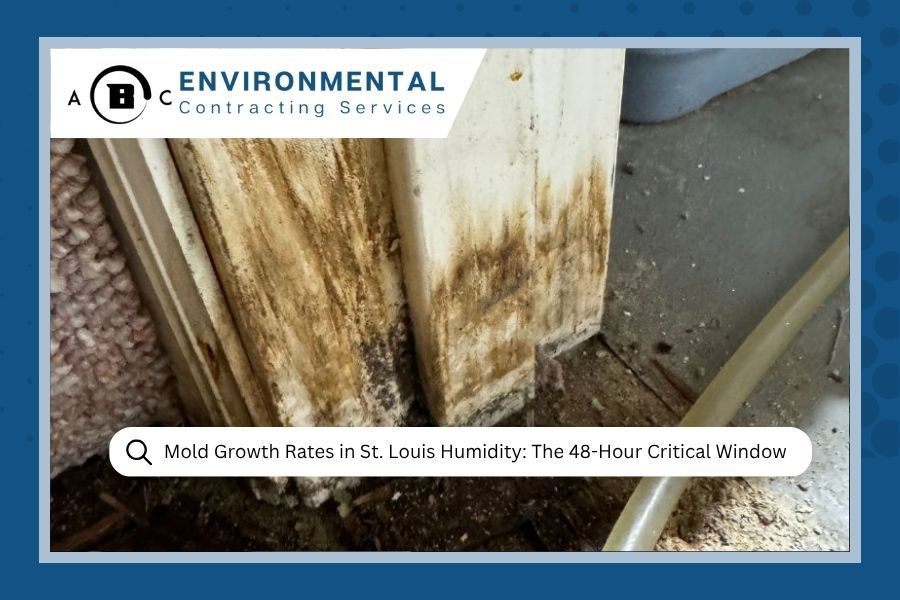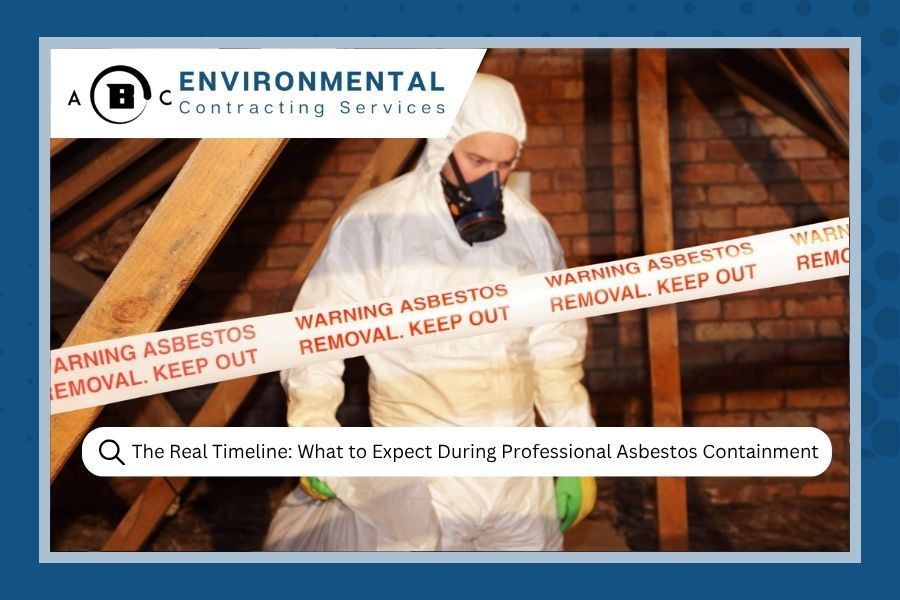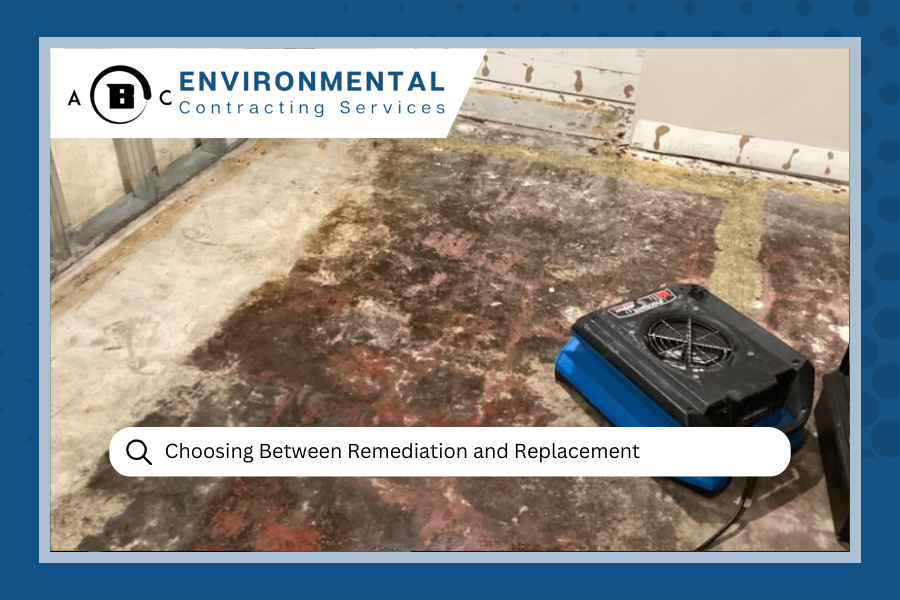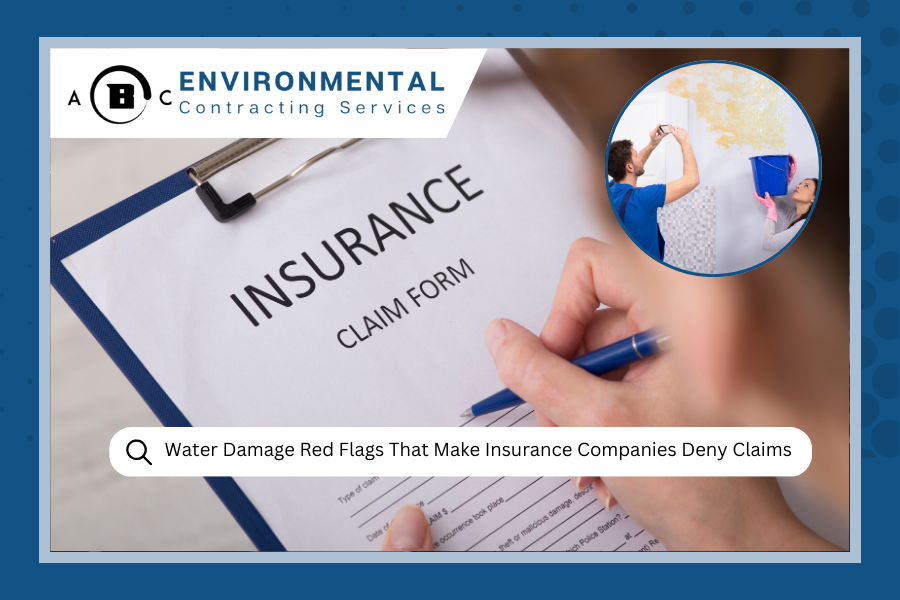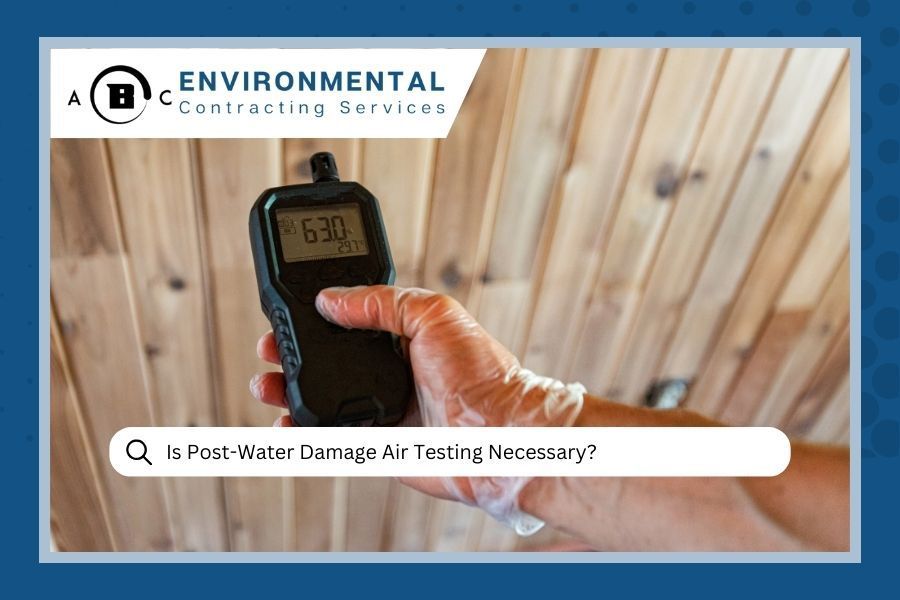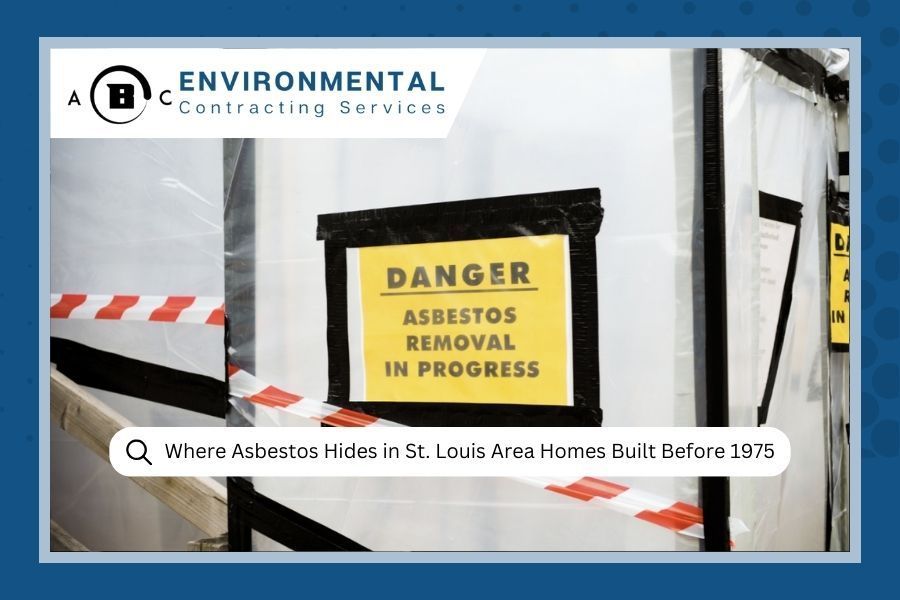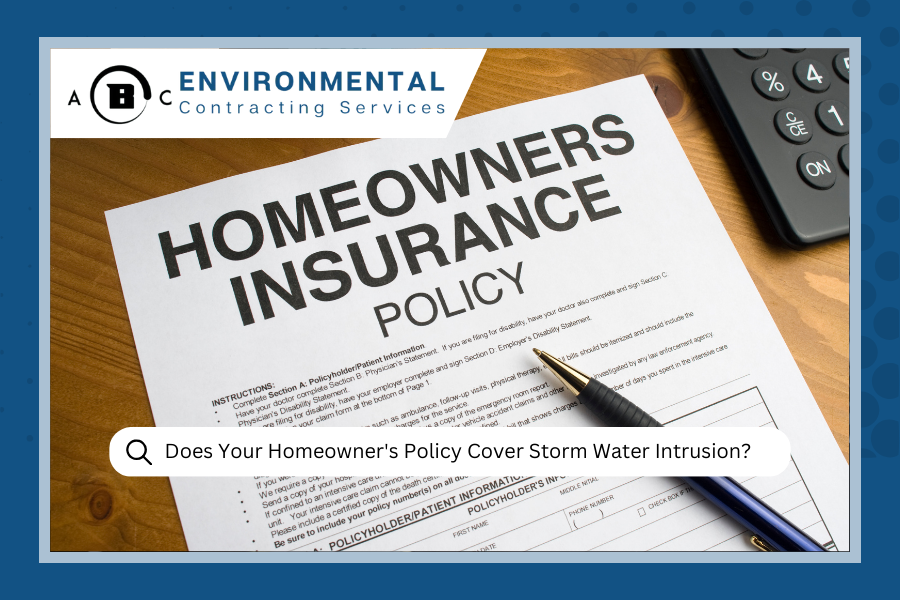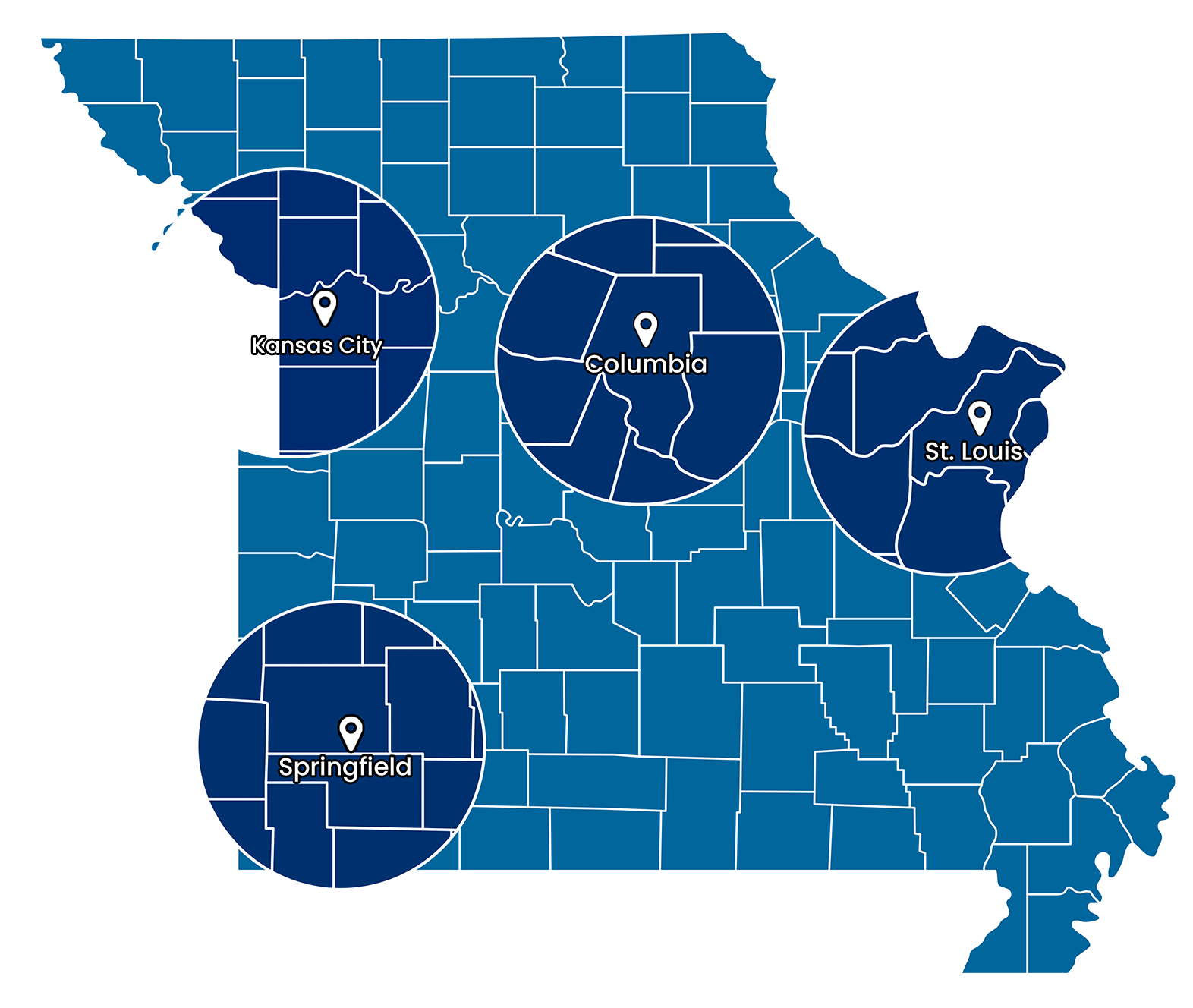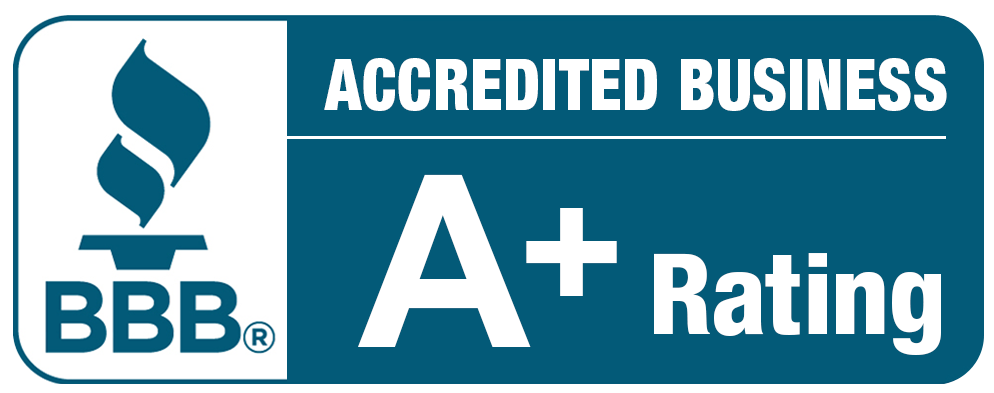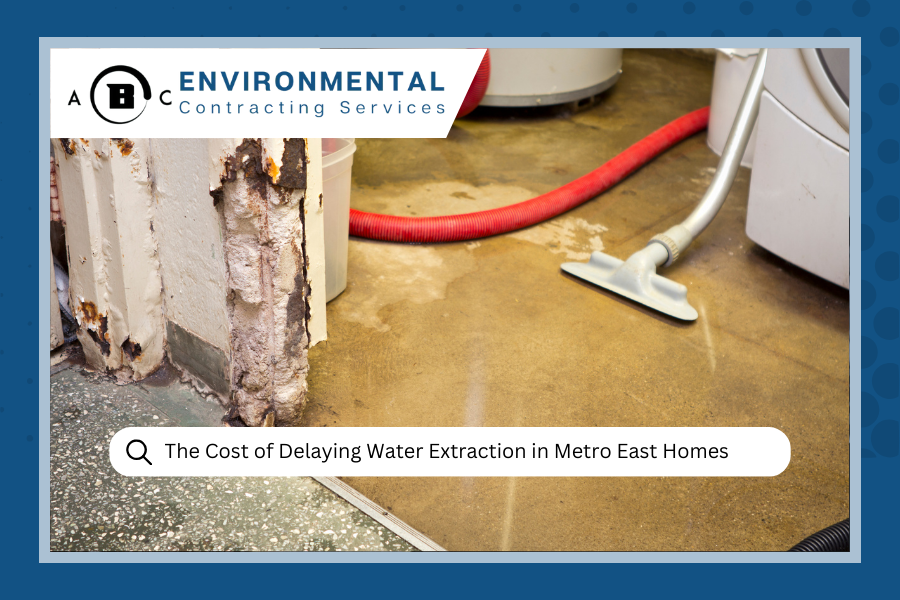
The Hidden Cost of Delaying Water Extraction in Metro East Homes
Jump to Section:
- Why Every Hour Matters After Water Damage
- The Exponential Damage Timeline
- The Real Financial Impact of Waiting
- Hidden Damage Behind Walls
- Mold: The Expensive Consequence
- Quick Action Steps
- Insurance Considerations
- Why Professional Water Extraction Makes Sense
- Real Stories from Metro East
- Frequently Asked Questions
You know that sinking feeling when you walk into a room and hear the sound of water where it shouldn't be? Maybe it's your basement after a heavy storm, or perhaps you've discovered a burst pipe behind the kitchen sink. In that moment, there's usually one thought running through your head: "How bad could this really be?"
Here's the thing we've learned after years of helping homeowners across the Metro East deal with water damage restoration : what looks like a manageable problem today can turn into a financial nightmare if you wait even just a few days. Whether you're in St. Louis proper or anywhere in the surrounding Metro East area, the timeline for damage progression remains the same. The hidden costs of delaying water extraction aren't always obvious at first, but they add up fast.
Why Every Hour Matters After Water Damage
Let's be real about something. Water doesn't just sit there politely waiting for you to deal with it. It's actively working against your home from the moment it arrives, and the damage progression happens faster than most people expect.
During the first 24 hours, water soaks into porous materials like drywall, insulation, and subflooring. What might look like surface damage is actually penetrating deep into your home's structure. By hour 48, you're not just dealing with wet materials anymore. You're facing the beginning of mold growth , which changes everything.
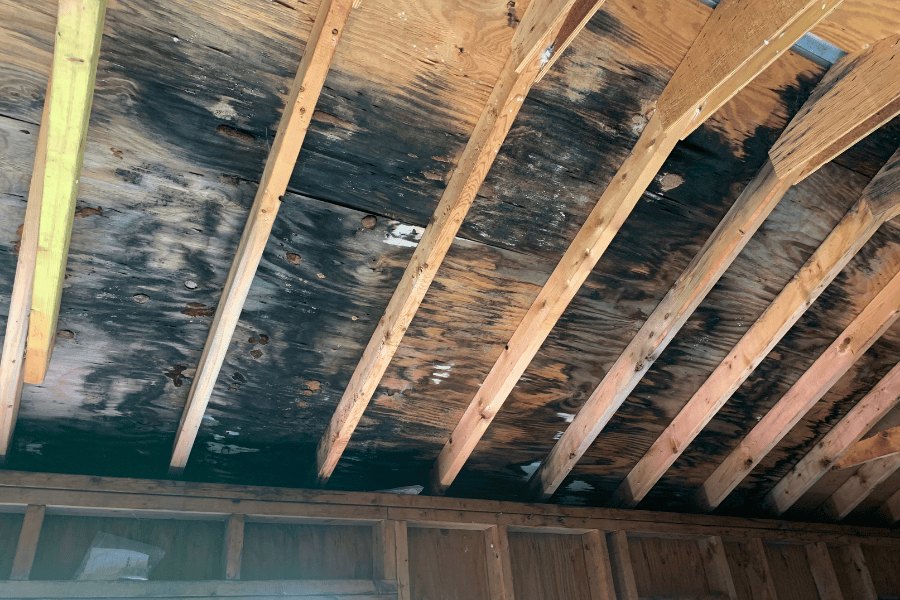
Think about it like this: imagine spilling coffee on a stack of papers. The longer it sits, the more sheets get soaked, and eventually, the stain goes through the whole pile. Your house works the same way, except instead of coffee, it's water, and instead of papers, it's the expensive stuff that holds your home together.
Don't Let Water Damage Multiply Your Costs
Every hour counts when water invades your home. Our emergency response team is standing by 24/7.
Get Emergency Help NowThe Exponential Damage Timeline: How Costs Multiply Day by Day
Water Damage Timeline: From Bad to Catastrophic
Water soaks into porous materials. Damage seems contained but is spreading behind walls.
Mold spores begin growing. What was water damage becomes a dual mold/water problem.
Wooden elements weaken, flooring buckles. $3K problem becomes $30K renovation.
Extensive structural replacement needed. Costs can exceed $100,000.
Hours 1-24: The "Manageable" Phase
In the first day, you might think you're looking at straightforward water removal and maybe replacing some carpet or drywall. The damage seems contained, and the costs feel predictable. This is when most homeowners convince themselves they can handle it later or that it's "not that bad."
But here's what's really happening during those crucial first 24 hours: water is wicking up through your walls, traveling along floor joists, and saturating insulation you can't even see. Materials are swelling, adhesives are failing, and the clock is ticking toward much bigger problems.
Days 2-3: Mold Begins Its Silent Invasion
By day two or three, mold spores that are naturally present in every home start to activate. They need moisture, warmth, and organic material to grow, and a water-damaged home provides all three in abundance. Once mold takes hold, you're no longer dealing with just water damage. You're facing a dual problem that requires specialized mold remediation on top of structural repairs.
The scary part? You might not even see visible mold yet, but it's there, growing behind your walls and under your floors.
Week 1-2: Structural Integrity Starts to Suffer
After a week or two of exposure to moisture, wooden structural elements begin to weaken. Floor joists can start to sag, and wall studs may begin to warp. Laminate flooring starts to buckle, hardwood begins to cup, and what started as a water cleanup job has become a major renovation project.

We've seen homeowners go from what should have been a $3,000 water extraction job to $30,000 in structural repairs just because they waited two weeks to call for help.
Month 1+: The Point of No Return
By the time a month has passed, the damage often becomes irreversible. Structural elements may need complete replacement, mold remediation becomes extensive, and secondary damage spreads to areas of the home that weren't even touched by the original water. At this point, insurance companies become much more difficult to work with, and some damage may not be covered at all.
The Real Financial Impact of Waiting
Let's talk numbers, because understanding the true cost difference can be eye-opening.
| Response Time | Typical Services Needed | Cost Range |
|---|---|---|
| Immediate Response (24-48 hours) |
• Water extraction and drying • Minor drywall replacement • Carpet replacement |
$3,000 - $8,500 |
| Delayed Response (1-2 weeks) |
• Extensive structural drying • Mold remediation • Structural lumber replacement • Complete area flooring |
$13,000 - $39,000 |
| Extended Delay (1 month+) |
• Major structural repairs • Comprehensive mold treatment • HVAC system replacement • Complete flooring replacement • Temporary housing |
$41,000 - $120,000 |
These aren't just numbers we made up. They're based on real projects we've handled across the St. Louis Metro East area, and they show how quickly costs can spiral out of control.
Stop Damage Before It MultipliesWhat Happens Behind Your Walls: The Hidden Damage You Can't See
Here's something that keeps us busy at ABC Environmental Contracting Services: homeowners calling us weeks after water damage saying, "We thought we got it all." The truth is, most of the serious damage from water happens in places you can't see without the right equipment.
Water travels through the path of least resistance. It runs down inside wall cavities, spreads through insulation, and pools on subflooring. It soaks into the bottom plates of walls and wicks up through drywall. By the time you see water stains on your walls or ceiling, the water has already been there for a while.
We use thermal imaging cameras and moisture meters to track down every bit of hidden moisture because we know that missing even a small wet area can lead to major mold problems later. It's like playing hide and seek, except the stakes are your home's structural integrity and your family's health.
Mold: The Expensive Consequence of Wet Materials
Let's be straight about mold. It's not just unsightly or smelly. It's a serious health hazard that can cause respiratory problems, especially for kids, elderly family members, or anyone with existing health issues. More than that, mold remediation is expensive and complicated.
When mold takes hold in your home, it doesn't just grow on surfaces. It sends out spores that spread throughout your HVAC system, into your ductwork, and into areas that weren't even affected by the original water damage. Suddenly, you're not just dealing with the bedroom that flooded. You're dealing with contamination throughout your house.
Professional mold remediation requires containment, specialized air filtration, antimicrobial treatments, and careful disposal of contaminated materials. What could have been prevented with fast water extraction becomes a complex, expensive project that can take weeks to complete.
Quick Action Steps: What Metro East Homeowners Should Do Immediately
When water damage strikes your home, here's your game plan for minimizing damage and costs:
First 30 Minutes
- Shut off the water source if possible
- Turn off electricity to affected areas
- Document everything with photos for insurance
- Call professionals immediately(don't wait to "see how bad it gets")
- Remove valuable items from the affected area
While Waiting for Help
- Open windows for ventilation if weather permits
- Use fans to promote air circulation
- Remove standing water with buckets or towels (but don't use regular vacuums on wet areas)
- Avoid walking on wet floors that might have structural damage underneath
What NOT to Do
- Don't use household fans on Category 2 or 3 water (sewage or contaminated water)
- Don't attempt to dry large areas yourself
- Don't ignore small leaks thinking they'll dry on their own
- Don't wait to contact your insurance company
The key thing to remember is that water damage restoration is like treating an injury. You wouldn't wait a week to treat a broken bone, and you shouldn't wait to treat water damage to your home.
Insurance Considerations: Why Timing Affects Your Coverage
Here's something many homeowners don't realize until it's too late: insurance companies are much more likely to cover immediate water damage than they are to cover problems that develop from neglect. If you wait weeks to address water damage and mold grows as a result, your insurer might argue that the mold damage was preventable and therefore not covered.
Most homeowner's insurance policies have specific language about the homeowner's duty to prevent further damage. This means that if you don't take reasonable steps to dry out your home quickly after water damage, you could be on the hook for the additional costs.
We work directly with insurance companies regularly, and we've seen claims get complicated when homeowners wait too long to call for professional help. Documentation is key, and having professionals involved from the beginning helps establish that you took appropriate action to minimize damage.
Why Professional Water Extraction Makes Financial Sense
Some folks think they can save money by handling water extraction themselves, but here's what we've learned: the cost of doing it wrong the first time is almost always more expensive than doing it right from the start.
Professional water extraction isn't just about removing standing water. It's about:
- Using industrial-grade equipment to remove moisture from materials
- Monitoring humidity levels and adjusting drying equipment accordingly
- Testing moisture levels in structural materials to ensure complete drying
- Identifying and treating areas where mold is likely to develop
- Documenting the process for insurance purposes
The EPA recommends professional help for water damage covering more than 10 square feet, and we couldn't agree more. When you factor in the cost of renting equipment, the time involved, and the risk of missing hidden moisture that leads to mold problems later, professional water extraction usually pays for itself.
Real Stories from Metro East: When Waiting Cost Too Much
We've been called to homes where homeowners thought they could wait out minor water damage, and the results are always heartbreaking. Just last month, we worked with a family in Alton whose basement had a "small" leak from a broken water line. They figured they'd get around to fixing it when they had time.
Three weeks later, they called us because they started smelling something musty. By then, mold had spread through their finished basement, up into their main floor, and into their HVAC system. What should have been a $4,000 water extraction job became a $28,000 mold remediation and restoration project. The family had to move out for two weeks while we worked.
The homeowner told us, "I thought I was saving money by waiting. I ended up costing my family more than I make in six months."
Stories like this are exactly why we emphasize immediate response. Whether it's from sump pump failures during heavy rains or unexpected plumbing disasters, we'd rather help a homeowner with a quick water extraction job than watch them face a months-long restoration project that could have been prevented.
Don't Become Another Costly Delay Story
Every minute that passes increases your restoration costs. Our veteran-owned team responds immediately to stop damage in its tracks.
Call (314) 668-1509 NowFrequently Asked Questions
How long do I have before water damage becomes a mold problem?
Mold can begin growing within 24-48 hours in the right conditions. The Metro East's humidity, especially during summer months, creates perfect conditions for rapid mold growth. The sooner you begin water extraction, the better your chances of avoiding mold issues entirely.
My water damage seems minor, do I really need professional help?
Even minor water damage can hide major problems. Water travels through wall cavities, under flooring, and into insulation where you can't see it. What looks like minor surface damage often involves hidden moisture that can cause structural problems and mold growth if not properly addressed.
Will my insurance cover water damage that I waited to report?
Most insurance policies require homeowners to take immediate action to prevent further damage. If you wait and additional damage occurs (like mold growth), your insurance company may not cover the secondary damage, arguing it was preventable. It's always best to report and address water damage immediately.
What makes Metro East homes particularly vulnerable to water damage complications?
Our area's seasonal weather patterns, including heavy spring rains and humid summers, create challenging conditions for water-damaged homes. The high humidity slows natural drying and accelerates mold growth, making professional water extraction even more critical than in drier climates.
Don't let a manageable water problem turn into a home renovation nightmare. The team at ABC Environmental Contracting Services has the experience, equipment, and expertise to handle water extraction quickly and thoroughly throughout the St. Louis Metro East area.
We're available 24/7 for emergency water extraction services because we know that water damage doesn't wait for business hours. When you're facing water damage, every hour counts toward saving your home and your wallet.
Call us right now at (314) 668-1509 or contact us online for immediate help with water extraction and damage restoration. Don't wait until tomorrow to solve today's water problem.
Related reading: What Not to Do After Water Damage | Appliance Malfunction Water Damage | Plumbing Issues You Should Never Ignore

